
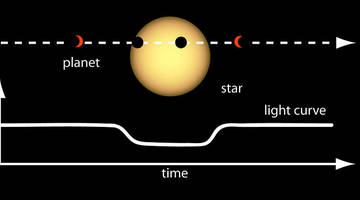
Search data from NASA’s Kepler spacecraft for the dips in star light intensity caused by exoplanets – planets that orbit stars other than the Sun. As these exoplanets pass between the star and ...
READ MORE

Help astronomers at Las Cumbres Observatory, California, study exoplanets – planets that orbit stars other than our Sun. Do this by interpreting images taken by their telescopes in Hawaii ...
READ MORE
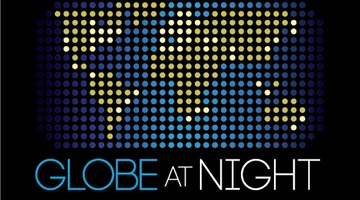
Globe at Night is an international citizen science campaign to raise public awareness of the impact of light pollution by inviting citizen scientists to measure and submit their night sky ...
READ MORE
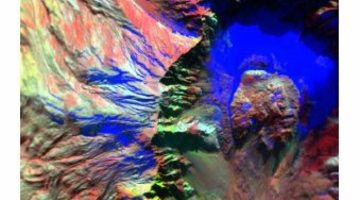
Using super sense technology, changes in the Earth’s structure can be measured without having to actually be there: Motion sensors called seismographs record tremors or small earthquakes that ...
READ MORE

Artificial sensors and probes enable us to overcome the limitations of our human senses and extend them in novel and useful ways, using the scientific concepts of electricity and waves. Find out ...
READ MORE

Stars like our Sun are made of ionised gas known as plasma. In fact, space is dominated by plasma – space scientists (astrophysicists) believe that about 99% of matter in the universe is plasma ...
READ MORE
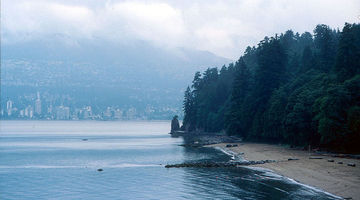
In this activity, students construct models that resemble rain falling on a hillside to observe factors affecting soil erosion and ground stability. By the end of this activity, students should ...
READ MORE
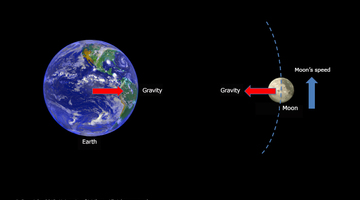
In this activity, students use a simple true or false interactive tool to categorise facts. This activity could be used as a formative activity to gather students prior knowledge and ...
READ MORE
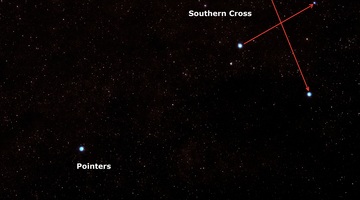
In this activity, students observe how the Moon appears to move across the sky each hour, as well as over several days. They discuss how both the rotation of the Earth as well as the satellite ...
READ MORE

Teacher Melissa Coton incorporated online citizen science project Globe at Night as part of a year 5/6 unit on light. Here, she reflects on what she and her students learned. Rights: The ...
READ MORE

This unit plan shows how teacher Melissa Coton extended her year 5/6 students’ learning about light by engaging them in learning about light pollution at night. Rights: Mark Gee, The Art of Night ...
READ MORE

Teacher Matt Boucher incorporated online citizen science projects Planet Hunters and Agent Exoplanet in a year 7/8 unit on light. Here, he reflects on what he and his students learned. Rights ...
READ MORE
All the volcanoes in New Zealand are monitored for activity so that scientists can determine when the next eruption might be. Dr Jan Lindsay introduces us to the monitoring system and how it ...
READ MORE
Professor Richard Haverkamp of Massey University gives an introduction to how the famous 19th century scientist Michael Faraday made an early step towards nanoscience.
READ MORE
In this video, Associate Professor Bob Lloyd states that it is nuclear fusion that fuels the Sun. He then goes on to explain in simple terms how this process works by fusing lighter elements into ...
READ MORE

This slideshow, from the recording Earth and Space Science scholarship introduction, provides additional support for the video tutorial. Use the Slideshow menu for further options, including view ...
READ MORE
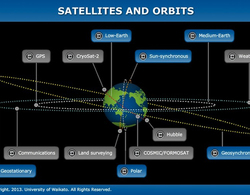
The size, orbit and design of a satellite depend on its purpose. In this interactive, scientists discuss the functions of various satellites and orbits. Accompanying fact files provide ...
READ MORE

Use this interactive graphic organiser to highlight common alternative conceptions about gravity and satellites. Students can place the labels where they think they belong. This activity can be ...
READ MORE